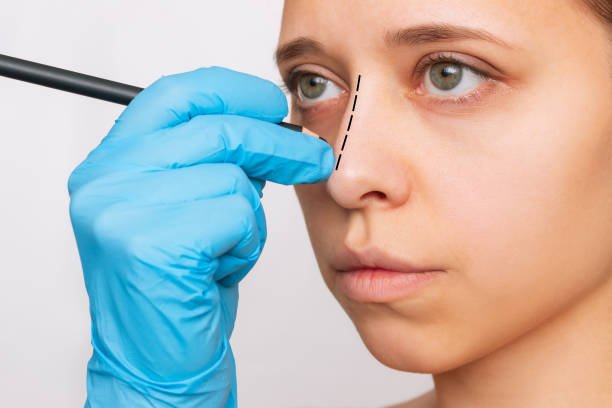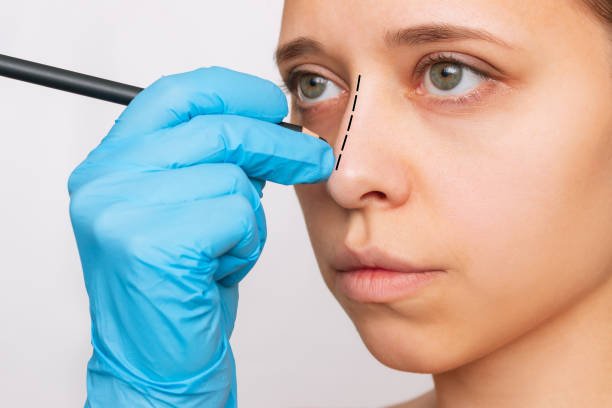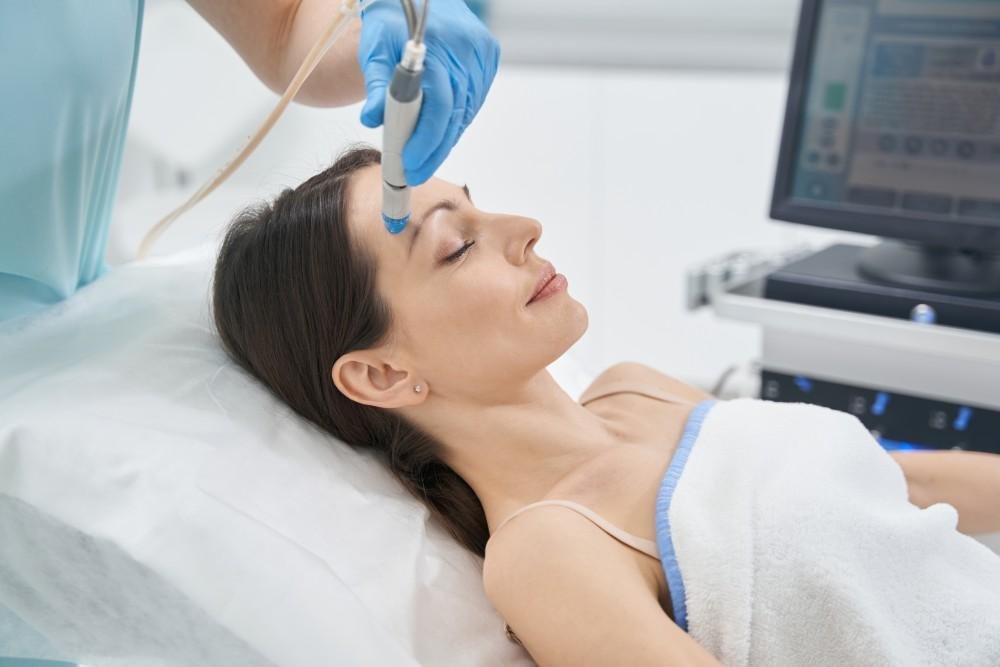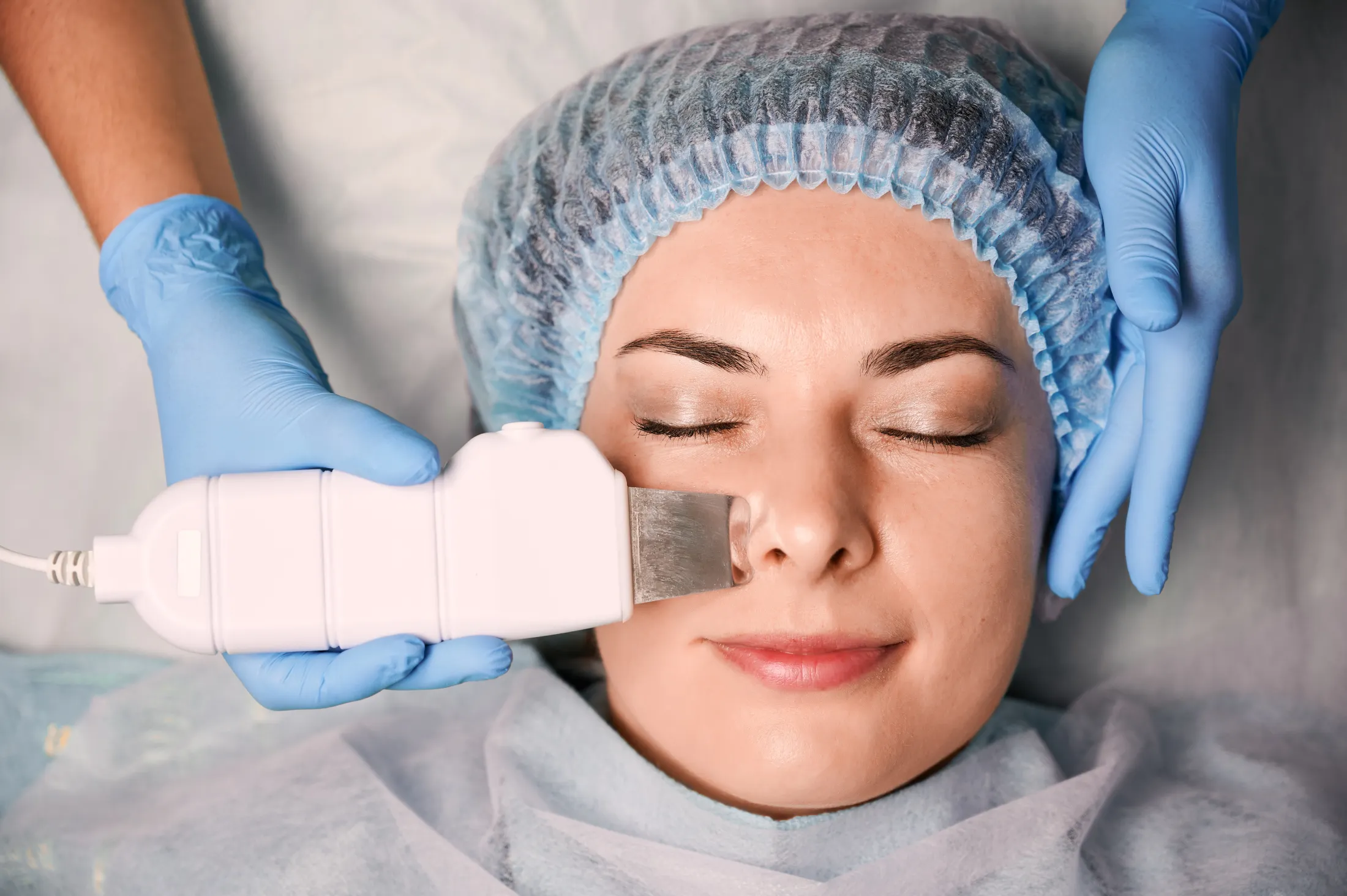In recent years, the desire for a brighter, more even skin tone has gained significant popularity worldwide. Many individuals seek effective solutions to diminish dark spots, hyperpigmentation, and uneven skin tone. Among the various options available, Skin Whitening Treatment in Abu Dhabi has emerged as a favored choice for those looking for rapid and noticeable results.
However, safety remains a primary concern for anyone considering such cosmetic procedures. Understanding how safe laser skin whitening treatments are is essential before making an informed decision. This blog explores the safety aspects of laser skin whitening, what you can expect during the procedure, and how to ensure your treatment is as safe and effective as possible.
What Is Laser Skin Whitening Treatment?
Overview of the Procedure
Laser skin whitening treatment is a non-invasive cosmetic procedure designed to lighten the skin and improve overall complexion. It works by targeting specific areas of hyperpigmentation or uneven skin tone with concentrated laser beams. These beams penetrate the skin’s layers, breaking down excess melanin responsible for dark spots and pigmentation issues.
How It Works
The laser emits light energy absorbed by melanin, leading to controlled destruction of pigmented cells. Over time, the body’s natural healing processes remove these damaged cells, resulting in a lighter, more uniform skin tone. The treatment can be customized to suit individual skin types and targeted areas.
Factors Contributing to the Safety of Laser Skin Whitening
Professional Expertise and Equipment
One of the key factors influencing the safety of laser skin whitening treatments is the qualification of the practitioner and the quality of the equipment used. Certified dermatologists and trained professionals employ state-of-the-art laser devices that are regularly maintained and calibrated to ensure precise delivery of energy.
Customized Treatment Plans
Every individual’s skin is unique, and effective safety measures include personalized treatment plans. Professionals assess skin type, pigmentation level, and medical history to tailor the procedure, minimizing adverse effects and optimizing results.
Pre-Treatment Consultation and Evaluation
A comprehensive pre-treatment consultation helps identify any contraindications and set realistic expectations. It allows the practitioner to evaluate skin condition, discuss potential outcomes, and provide pre- and post-treatment care instructions, further enhancing safety.
Use of Appropriate Laser Technology
Advancements in laser technology have greatly improved safety profiles. Modern lasers are designed to target specific skin concerns with minimal collateral damage, reducing the risk of burns, scars, or pigmentation changes.
How Is Safety Maintained During Laser Skin Whitening?
Pre-Treatment Skin Preparation
Proper skin preparation before the procedure is crucial. This may include avoiding sun exposure, stopping certain skincare products, and following specific instructions to reduce sensitivity and enhance laser effectiveness.
Precise Targeting and Controlled Energy Delivery
Laser devices are equipped with precise targeting mechanisms that focus energy on pigmented areas while sparing surrounding tissue. Controlled energy delivery prevents overheating and damage to healthy skin.
Post-Treatment Care and Monitoring
Post-procedure care is vital to ensure safety and optimal healing. It includes applying prescribed soothing agents, avoiding sun exposure, and following skincare guidelines. Regular follow-up appointments allow practitioners to monitor healing progress and address any concerns promptly.
Managing Side Effects
While laser treatments are generally safe, minor side effects such as redness, swelling, or temporary pigmentation changes can occur. Skilled practitioners are equipped to manage these effects effectively, ensuring patient safety and comfort.
How to Maximize Safety When Opting for Laser Skin Whitening
Choosing a Certified and Experienced Professional
Selecting a licensed and experienced dermatologist or skincare specialist is essential. An expert will assess your skin, customize the procedure, and ensure adherence to safety protocols.
Ensuring Proper Equipment Usage
Confirm that the clinic uses advanced, FDA-approved laser systems. Proper maintenance and calibration of equipment reduce the risk of complications.
Following Pre- and Post-Treatment Instructions
Strictly adhering to the recommended skincare regimen before and after treatment minimizes risks. This includes avoiding sun exposure, using prescribed products, and attending follow-up sessions.
Being Realistic About Expectations
Understanding the limitations and realistic outcomes of laser skin whitening helps prevent dissatisfaction and unnecessary repeat procedures, contributing to overall safety.
Common Myths About Laser Skin Whitening Safety
Myth 1: Laser Skin Whitening Is Completely Risk-Free
While generally safe when performed by qualified professionals, no medical procedure is entirely risk-free. Proper screening, technique, and aftercare are essential to minimize potential complications.
Myth 2: Multiple Sessions Increase the Risk of Damage
Multiple sessions, when appropriately spaced and performed under professional supervision, do not necessarily increase risk. They often lead to better results with maintained safety.
Myth 3: Laser Treatment Can Be Done Without Skin Preparation
Skipping pre-treatment care can increase the likelihood of adverse effects. Proper preparation enhances safety and effectiveness.
Myth 4: Laser Skin Whitening Is Suitable for All Skin Types
Certain skin types may require special considerations. A thorough consultation ensures the treatment is safe and suitable for your skin.
Conclusion
Laser skin whitening treatment offers a safe and effective solution for those seeking to enhance their skin tone and address pigmentation concerns when performed under professional supervision. Its safety profile benefits significantly from technological advancements, skilled practitioners, personalized treatment plans, and diligent pre- and post-care.
If you are considering laser skin whitening, prioritize choosing a reputable clinic with certified professionals who adhere to safety standards. With proper care and expert guidance, you can enjoy the benefits of a brighter, more even complexion safely.
FAQs
1. How many sessions are typically needed for visible results?
The number of sessions varies based on individual skin condition and desired outcomes. Most patients notice significant improvements after a series of treatments, usually spaced several weeks apart, as advised by their skincare professional.
2. Is laser skin whitening suitable for all skin types?
Laser skin whitening can be tailored to different skin types, but some skin tones may require special consideration. A thorough consultation is essential to determine suitability and customize the treatment plan.
3. How long does a typical laser skin whitening session last?
The duration of a session depends on the size of the area being treated but generally lasts between 30 to 60 minutes. Your practitioner will provide a more specific estimate based on your treatment plan.
4. What precautions should I take after the treatment?
Post-treatment care includes avoiding sun exposure, applying recommended soothing skincare products, and following your practitioner’s instructions carefully. These steps help ensure safety and optimal results.
















Leave a Reply